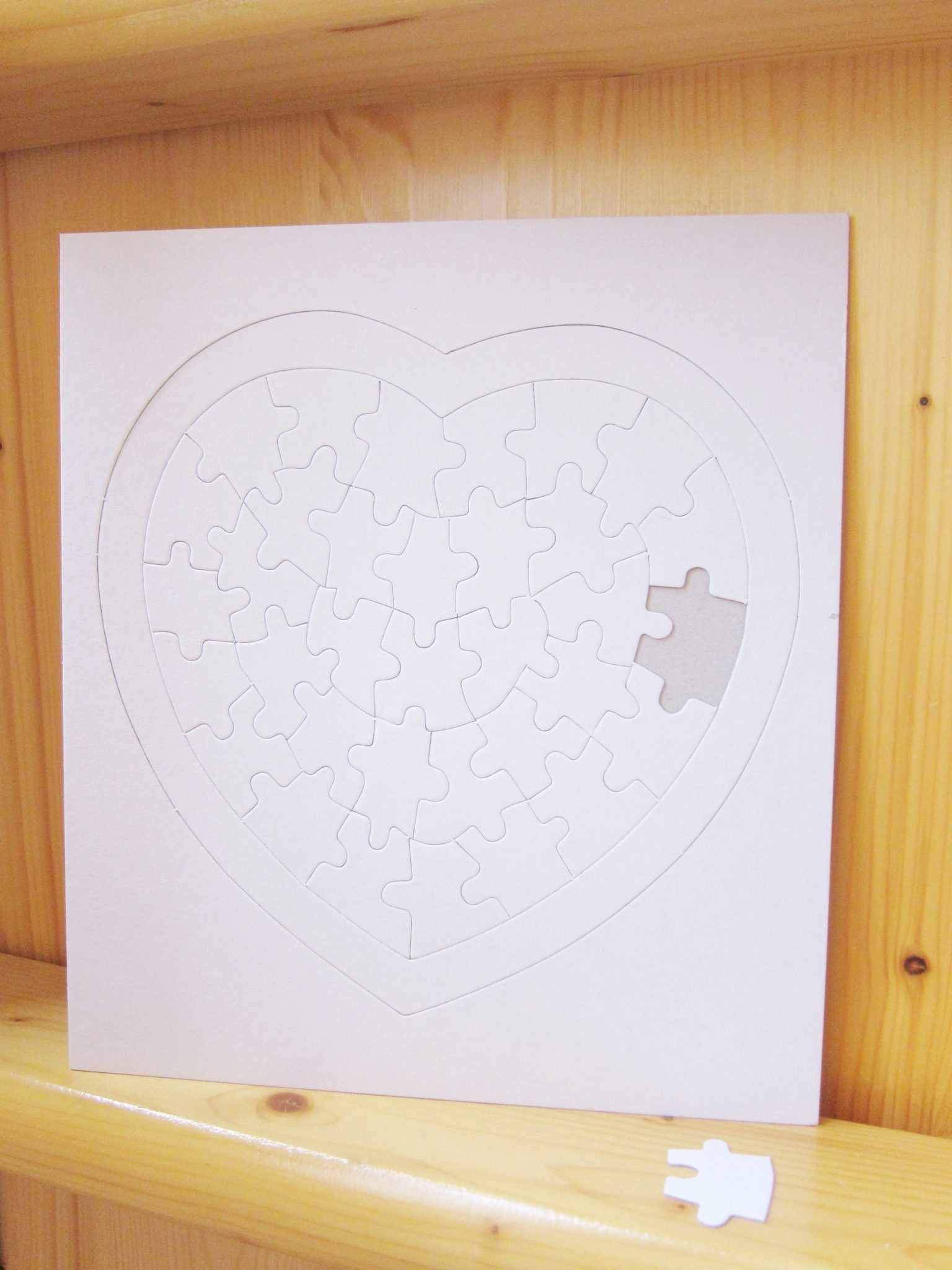

FarmVille became the first of a wave of socially integrated city builders–or “cow clickers” to the cynical-that would eventually make their way from Facebook to mobile devices. In the eternity-ago that was 2009, Zynga developed a monetization/design formula that would all but print money for the next three years. It was really only a matter of time before a game like Puzzle Craft came along. Henry Hatsworth and the Puzzling Adventure presented audiences with an unlikely marriage of platforming and column-based puzzles. Puzzle Quest put a new spin on the venerable RPG mechanics. Though the box puzzle grew into sigh-inducing cliché, abstract mechanics can have remarkable staying power, freed as they are from expectations of realism. This is not a criticism so much as an observation.

When simulation and immersion fail video games, there appears to be an instinct to fall back on abstract mechanics involving basic shapes, colors and symbols. “Player,” they said, “we know you’re probably bored of prying the heads off of undead satyrs so, here, push these boxes onto pressure plates!” It was like they just couldn’t believe that they could adequately control of the flow of action without the introduction of a foreign mechanic. Whenever I ran into a box puzzle, I felt as though the developers had built their insecurity into their level design. This, despite the fact that I never actually bought a game that advertised box puzzles as a key feature. If I learned anything during the late 90s and early 2000s, it was how to solve three-dimensional box puzzles. The puzzle has long filled a peculiar role in video games, puzzle games like Tetris notwithstanding. And when you finish it, it says ‘go outside.'” – Demitri Martin

“I wanna make a jigsaw puzzle that’s 40,000 pieces.


 0 kommentar(er)
0 kommentar(er)
